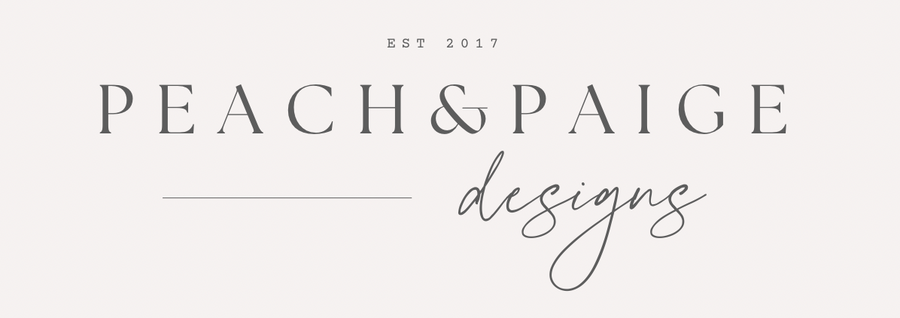
Pattern Grading - Part 2
Hi there!
Hoping you all had a wonderful Christmas holiday period and were able to see friends and family despite the forever ongoing pandemic.
I was intending to write this sooner but I always under estimate just how busy this time of the year is. School holidays means I'm home with all 4 kids and my husband doesn't get any time off work so it been crazy exhausting.
In 'Pattern Grading - Part 1' (which you can read here if you haven't already), we covered what pattern grading is, why its important and covered size charts.
In todays blog, I want to cover the next step - You have your design/prototype clothing item, you have you size chart handy... now what?
The next step is to work out the measurements for your design. We are still not looking at stitch counts or row counts just yet, still working in measurements (cm and/or inches) at this stage.
Lets Start!
First you want to create a new Excel spreadsheet and copy over the size chart details that are relevant.
For example, if I'm making a child's beanie, I'm going to need Head Circumference and Head Height for the child sizes I'm looking at making;

** Expert Tip - If you are more experienced at excel formula's you can use the following formula to convert cm to inches (or inch to cm)
CONVERT([number to be converted], "[from unit]", "[to unit]")
e.g =CONVERT(B13, "cm", "in")
or tidy this up further by rounding the answer to the nearest 1/4 inch/cm
=MROUND(CONVERT(B13, "cm", "in"),0.25) **
Now you have the body measurements, you now need to generate the garment measurements
But first we need to talk about EASE!
You have probably come across this term before, usually referred to negative ease, positive ease or no/nil ease. Ease refers to how much bigger or small than the body measurements a garment is.
For example a baggy jumper will have significant positive ease - 5 or so inches for a baggy adult jumper.
A fitted knit top might have no ease or a small negative ease so it is stretched slightly on the body.
Beanies usually have about a 2inch negative ease for adults (about 1inch for babies)
When filling out the garment measurements, you will want to take into account the ease.
Your chart will now look something like this

** Expert tip - most pattern designers will use a fixed ease number - e.g 1-2inch negative ease - however it is much more accurate to use a percentage decrease (a 2 inch negative ease on a baby beanie is gonna to fit much tighter than a 2 inch neg ease on an adult males beanie). For example my beanie circumference might have a 6.5% negative ease across all sizes.
This also makes it easier to fill in the garment table using formulas. You would pop the following formula in B10 of the beanie chart example above.
=B5-(B5*0.065).
You can then drag this formula across to auto populate all beanie circumference measurements as a 6.5% decrease of the head circumference.**
You will see I have a negative ease for the beanie circumference as well as slight positive ease in the length. If I wanted a more slouchy beanie I would have negative ease for the brim, no ease or possibly slight positive ease for the main beanie circumference and even more ease in the length. This all comes down to your design and prototype.
If you were making a more complicated garment, you would have much more measurement references. For a jumper for example you would want to know the total length, length from underarm to bottom hem, underarm depth, sleeve height, sleeve length, sleeve width, body width.
You also need to include specific design details - Will it have a 'v' neck design? How deep is the neckline (half way from the neck to the center of the chest?) Do you want it to be fitted at the waist but baggy around the chest? Does it have dropped shoulders? do you want the bottom 1/2 of the jumper to have a different type of stitch? do you need to position pockets 1/3 of the way from the bottom hem to the underarm and 2inches in from the side seams? How wide is the hem?
Any measurements where your going to need to know a stitch or row count in your pattern, you will need a cm/inch measure for.
Here's an example of a slightly more complex chart for a top.

So now you have all the required measures for your garment and you have used ease and percentages to scale your design across all the sizes.
Next blog post will cover the final step - using some simple math to convert this data into stitch and row counts.
